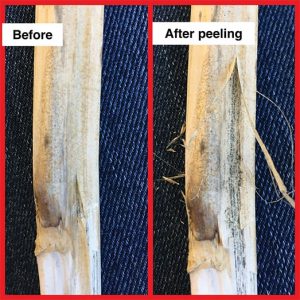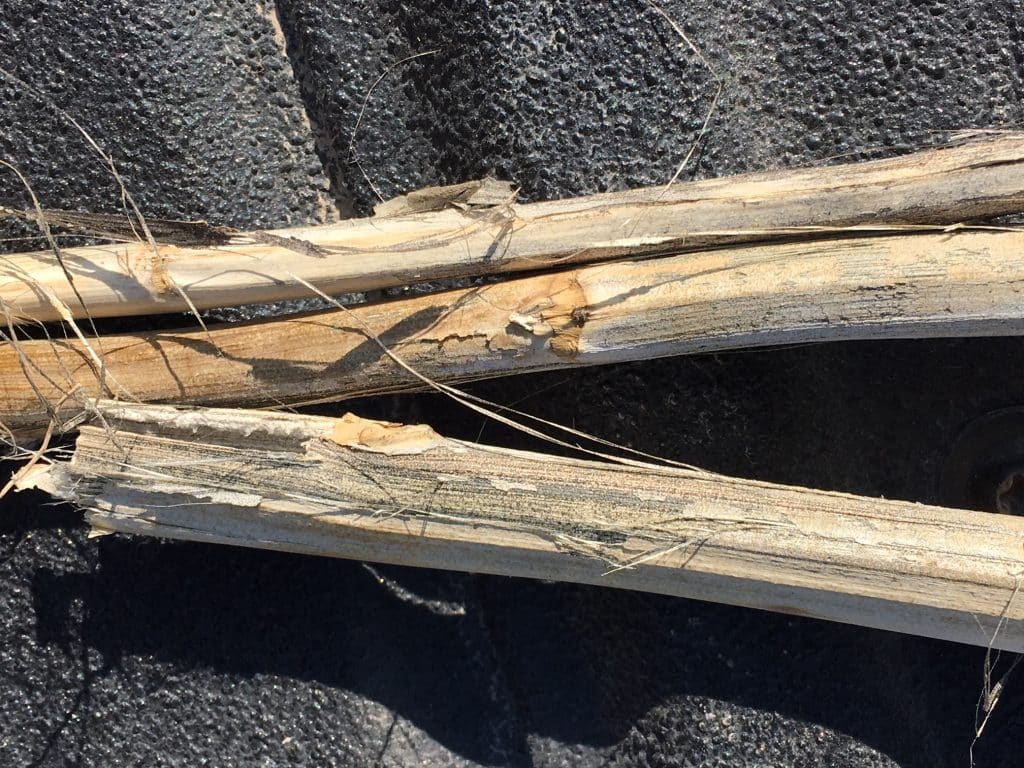Key Result
The exact mode of arrival of V. longisporum from other countries to Canada is still unknown, but presence of the pathogen across six provinces of Canada can be attributed to the favourable environmental conditions available to the pathogen.
Project Summary
Verticillium longisporum of canola is found in Europe, Russia, China and Japan. In 2014, it was discovered on canola on a research farm in Manitoba. Follow up soil surveys by the Canadian Food Inspection Agency in 2015 found V. longisporum in Alberta, British Columbia, Manitoba, Ontario, Quebec and Saskatchewan.

This study started in 2016 to find out more about the Canadian version of the pathogen, concentrating on the Manitoba research farm where it was first detected. Of the 194 soil samples collected and analyzed from the farm, 39 per cent tested positive for the pathogen. DNA analysis showed it to be the most aggressive type of V. longisporum. While there were some hotspots of high levels of the pathogen in soil, the fungus was located widely across the farm. Cropping history was not a factor in determining the levels and location of the pathogen on the farm.
The pathogen can produce up to 50,000 viable propagules (microsclerotia) in the decaying host stem during the end of the disease cycle. Dispersal of propagules occurs in two episodes; the first dispersal episode occurs at the beginning of the growing season when infected plants from the previous season are worked into the soil. The second dispersal episode occurs as microsclerotia reach the soil in high numbers upon the decay of diseased canola residue. Microsclerotia in the soil are dispersed by tillage, combining, vehicle wheels, footwear, animals, water and wind. Long distance dispersal of fungal propagules can occur via transport of other non-host infested crops and seeds.
The exact mode of arrival of V. longisporum from other countries to Canada is still unknown, but presence of the pathogen across six provinces of Canada can be attributed to the favourable environmental conditions available to the pathogen, such as ideal soil pH range of 5-8, soil temperatures of 15-19°C and air temperature of 15-23°C, all of which are found during the growing season across Canada.
Identification and management of verticillium

Disease symptoms in canola include leaf chlorosis, early ripening, stunting and, as the disease progresses, necrosis and shredding of the stem tissue. Faint black (vertical) striping can be seen on the stems which, when rubbed can appear darker and more obvious. Once the plant is fully ripe, the stem peels to reveal tiny black microsclerotia, which resemble ground pepper in appearance. These microsclerotia remain on the plant stem or fall to the soil. While this may seem similar to the blackleg symptom, these specks are under the stem surface for Verticillium stripe and always on the surface for blackleg. At the end of ripening, the microsclerotia will begin to germinate and produce conidial spores externally, giving the outside of the stems a powdery look.
Treatment options are not available at this time. No foliar or seed treatment fungicides are registered for control of Verticillium stripe in canola and canola hybrids in Canada haven’t been bred for clear host resistance to V. longisporum. But, while no commercial varieties are considered resistant, Eastburn and Paul did note differences in susceptibility varieties. (See their work in the Compendium of Brassica Diseases, 2007). Also, the low susceptibility of other Brassica species could provide breeding solutions, if Verticillium is determined to be a significant disease in canola in Canada. For more, read the Verticillium stripe chapter in the Canola Encyclopedia and the ‘Stem infections: How to tell them apart’ at canolawatch.org.
This study was reported on in the 2019 Canola Digest: Science Edition and is also referenced on the Western Grains Research Foundation (WGRF) website.
Check out other verticillium-related research projects and the Verticillium stripe – Researching a new canola disease threat blog on the Canola Research Hub.





